First. Most debt litigation in manorial courts was not supported by written evidence; typically litigation was conducted between parties who had, at an earlier date, established their credit agreement through oral agreement, most likely supported by witnesses.
Second. This tendency for oral agreement is evidenced in the litigation, often in terms of the proof employed in order to secure judgement; the use of oath-helpers, through compurgation or wager of law, makes clear the kind of evidential basis that most likely predominated, namely the oral oath of the party supported by the oaths of his or her helpers, the latter intended to attest to the integrity of the party. 10
Third. Where reference to other than oral proof is made it tends to relate to relatively weak forms of non-oral or written proof; in particular there is evidence for the use of tallies (notched sticks used to record an account) and written instruments of various and often indistinct kinds. Parties to litigation also used devices, such as the payment of a token coin (so-called earnest or God’s money) intended to aid the subsequent mental recovery of contract details. There is also some indication, especially in debts arising after a significant period of time or following the death of a party to a debt, that individuals maintained, in some form, records or accounts of debt, though little or no direct evidence of any kind survives in this respect. 11
Fourth. On occasion, but quite rarely, parties to a credit agreement made use of the manor court in order to register or recognise their agreement through the entering of a formal record or recognisance of the agreement in the court roll; as noted, relative to litigation over failed credit agreements such agreements recorded at the inception of the debt are rare. 12
Fifth. There is almost no evidence for the use of sealed documents in the inter-personal debt litigation recorded in the manor court; this would be consistent with the legal view that the manorial court, a private seigneurial court in which compurgation was used as the foundation of most pleading, did not have the jurisdictional authority to try cases involving specialty (i. e. where sealed instruments, such as bonds, were in evidence). There is also the closely related point that cases in which compurgation was employed as the evidential basis implied of necessity that sealed documents were not available as proof, since the latter was a stronger proof and defeated a claim based upon the evidence of oath helpers (according to the legal maxim that ‘specialty bars compurgation). 13
Sixth. Much of the litigation recorded in manorial courts could be quite formulaic and laconic; there is clear evidence of a development of process and a general tendency for a more consistent and sophisticated recording of litigation by the end of the thirteenth and the beginning of the fourteenth centuries. While the earliest courts, from the middle decades of the thirteenth century, are far less systematic in their recording of litigation, there is plentiful evidence for a standardisation of terminology by the early fourteenth century. 14
Seventh. While inquest jurors were increasingly involved in other forms of action, such as trespass and litigation over land, debt litigation was less frequently tested by inquest jury and, instead, compurgation tended to predominate, surviving as a mode of trial throughout the middle ages in debt and long after it had been superseded by supposedly more modern forms of proof as employed in other forms of action. 15
Eight. The general development of litigation within manorial courts in the period c. 1250 to c. 1350 suggests that, rather than creating their own localised forms of action and processes, most manorial courts were, to a greater or lesser extent, developing their law in parallel with developments in the king’s court, in other words at common law. The processes by which this relationship between customary seigneurial courts and common law courts was established and legal practice shared between them remains uncertain but it is reasonable to suppose that practice in the manorial court was influenced by a range of factors including those who moved between central courts and local and private courts. Such people included estate officials, such as stewards, as well as their manorial lords, attorneys and legal advisers and, of course, litigants. Some of the latter were, of course, peasants including villeins or unfree peasants, but they also included, as we shall discuss more fully in a later section of this essay, litigants from beyond the manor, such as merchants and townsmen.
Ninth. Despite, or perhaps in part because of, the previous point it is clear, as Chris Briggs has pointed out, that some manor courts developed legal processes far more fully and effectively than did others. In such instances it seems likely that certain courts within a region, perhaps encouraged by their manorial lord, developed as courts of litigation, and attracted a range of business accordingly, while other courts remained largely free of inter-personal litigation of the kind discussed here. 16
Tenth. While a good deal of the litigation, as already noted, is quite often formulaic and quite brief, on occasion individual cases are detailed and include discussion of substantive elements of law. It seems at least probable that on such occasions, individuals, possibly including professional lawyers, with a sophisticated level of legal awareness encouraged the introduction of informed and complex legal argument as part of pleading in some manor courts. 17
It is elaboration and further investigation of this last point, in particular, and its implications for our understanding of the nature of credit agreements and indebtedness in the medieval village that will be the main element of the second part of this essay. Together the above points also help to illustrate that law in manorial courts was in a condition of considerable development in the decades either side of 1300 and that it was sufficiently flexible as to be open to an array of potential influences.
EXTERNAL AGENTS AND CREDIT IN THE MANOR COURT
There seems little doubt that a number of individuals other than peasant litigants themselves were involved in the debt litigation recorded in manorial courts. We can explore this in two respects, firstly in terms of third party involvement in litigation, as regards such roles as attorney and legal advisor, as well as those who organised the processes of the court. Secondly, and no less importantly, of course, there is the issue of involvement of non-peasant litigants in debt litigation recorded in the manor court. We deal with each issue in turn.
Third-party involvement in debt litigation recorded in the manor court
The extent to which the law in the manorial court was informed by external agency is a moot point. While there is no doubt that peasant litigants were on occasion capable of generating their own legal argument and engaging in pleading in the manorial court through their own agency, 18 it is also clear that pleading was also influenced by third parties, sometimes identified as attorneys, who may conceivably have included professional pleaders. Stewards and other manorial officials also influenced the process of law in the manorial court; while their oversight was not directed wholly or indeed largely at inter-personal litigation but was concentrated upon maintaining their lord’s interest in matters pertaining to, in particular, landholding, land transfer and rent, it is also evident, from occasional entries in the manor court, that stewards helped to direct and, indeed, to encourage inter-personal litigation, points to which we will return below.
In the first instance, it is clear that peasants in the manor court could act as advisers to peasant litigants and help thereby to form the process of law and litigation in the manor court. In such instances, peasant advisers, undoubtedly sometimes referred to as attorneys in manorial court litigation, were often themselves experienced litigants who brought their expertise to the benefit of other villagers, and for financial or other gain. 19 Occasional detail in litigation referencing attorneys or other named supporters of litigants suggests that peasant «attorneys» might help their fellow peasant litigant in organising writs and access to other courts; they might also simply appear in the court or, on occasion at a certain stage of a contract (for instance as payer or recipient of goods or money) on behalf of the litigant, essentially as a proxy and not necessarily as someone bringing specialised knowledge or great insight to the case. There is also a marked, though not absolutely consistent, tendency for female litigants to make use of male attorneys. 20
Читать дальше
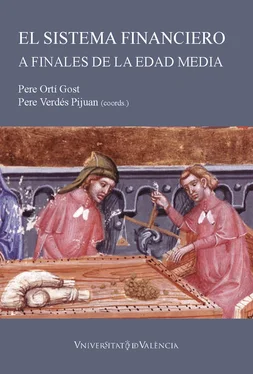
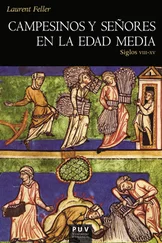
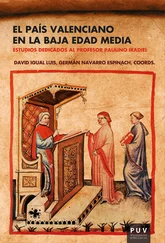
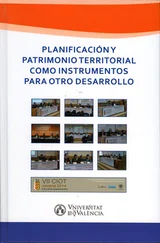
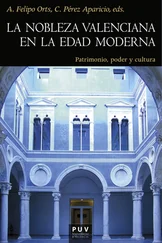
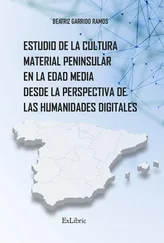
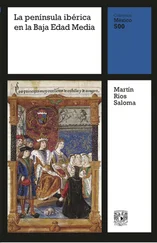
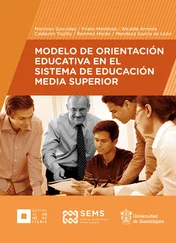

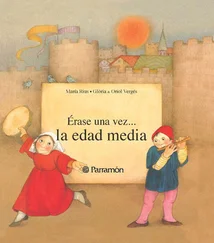
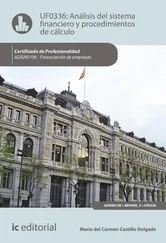
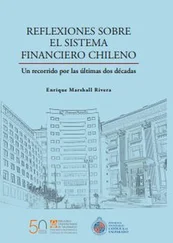
![Rafael Gumucio - La edad media [1988-1998]](/books/597614/rafael-gumucio-la-edad-media-1988-1998-thumb.webp)